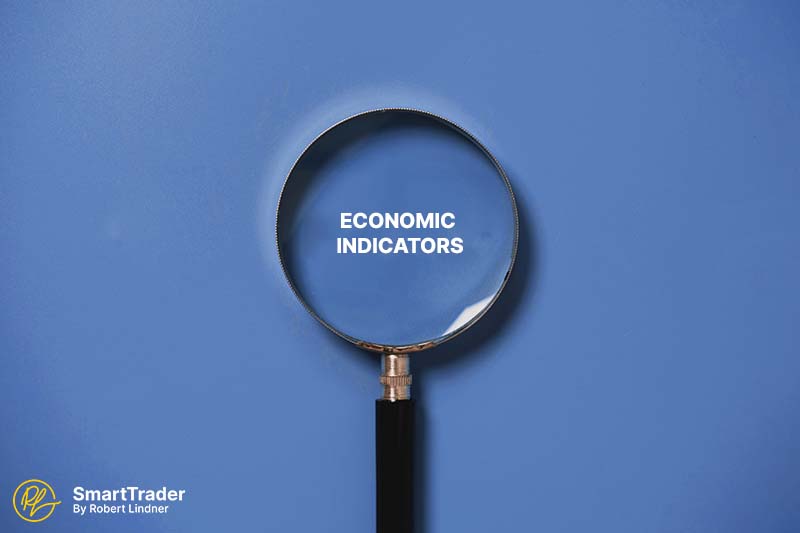[ˌiːkəˈnɒmɪk ˈɪn.dɪ.keɪ.tərs]
Economic indicators are statistical data used to measure and analyze various aspects of an economy's performance.
What are Economic Indicators (EI)?
Economic indicators refer to quantitative measurements that are utilized to evaluate and analyse different facets of a country's economic performance. These indicators provide valuable insights into the health of an economy, help to identify trends and patterns, and inform policymakers, investors, and businesses about the current economic conditions.
Key Takeaways
- Health of the economy: Economic indicators can provide insights into the overall health of an economy, such as whether it is growing, shrinking, or stagnant.
- Market trends: Economic indicators can be used to identify market trends, such as whether there is an increase or decrease in consumer spending, business investment, or exports.
- Investment opportunities: Investors can use EI to identify potential investment opportunities based on the performance of various sectors or industries.
- Impact of government policies: Economic indicators can help to evaluate the impact of government policies on the economy, such as changes in interest rates, tax policies, or trade regulations.
- Business decisions: Businesses can use EI to inform their decisions, such as whether to expand operations, invest in new projects, or hire additional employees.
Example
Some common EI include:
- Gross Domestic Product (GDP): The total value of all goods and services produced in a country over a specified period.
- Consumer Price Index (CPI): Measures the average change in the price of a basket of goods and services purchased by households.
- Unemployment Rate: The percentage of the labor force that is currently unemployed and actively seeking employment.
- Stock Market Indexes: Track the performance of various stocks in the stock market and provide an indication of investor sentiment.
- Balance of Trade: The difference between a country's exports and imports of goods and services.
- Manufacturing Index: Measures the level of activity in the manufacturing sector.
- Housing Starts: The number of new residential construction projects started in a given period.
These indicators, among others, are used by policymakers, economists, and businesses to assess the current state of the economy and make informed decisions.
Back to Glossary.






